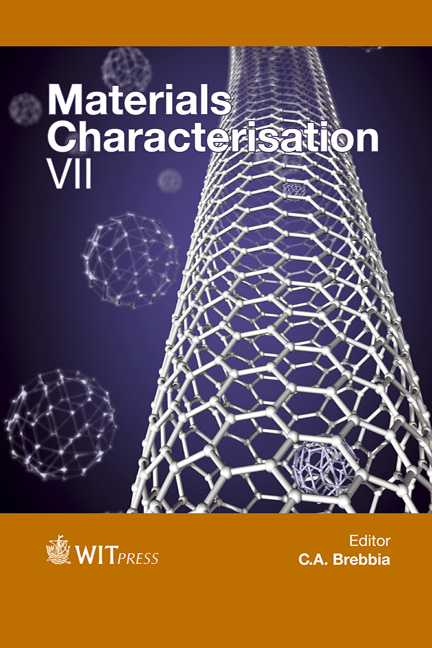Analysis Of Deep Level Spectrum In GaAs p+-p-i-n-n+ Structures
Price
Free (open access)
Transaction
Volume
90
Pages
12
Page Range
283 - 294
Published
2015
Size
791 kb
Paper DOI
10.2495/MC150261
Copyright
WIT Press
Author(s)
J. Toompuu, N. Sleptsuk, O. Korolkov, T. Rang
Abstract
This paper is devoted to the analysis of Deep Level Transient Spectroscopy (DLTS) of the background deep levels in GaAs p+-p-i-n-n+ structures. It is known that A and B centers are observed in epitaxial layers of GaAs, grown by LPE in a hydrogen atmosphere. These two deep acceptor levels determine the minority carrier lifetime and the reverse recovery time (trr) of rectifying devices respectively. The necessary switching time of GaAs rectifying devices is achieved by regulating the concentrations and the profile of A and B traps in pin layer. For undoped GaAs pin-structures with a thick i-layer, there is a problem in determining the direction of motion of the space charge boundaries upon application of reverse voltage to the diode structure. The boundary of the space charge region can propagate through i-layer and be displaced in p- and n-layer.
To ensure the reliability of statistical significance were treated great number (appr.100 pc.) chips, provided for the experiment. Chips were divided into groups according to their technological features of production. The presented spectra exhibit evidence of the presence of deep levels of the hole and electron type in all samples. But within each group, the configuration of the spectra is similar. And for each configuration correspond a certain set of output parameter characteristic. This will provide an opportunity for express DLTS control of the finished product and can be realized in on-line monitoring of the LPE process in order to optimize the dynamic characteristics of the devices.
Keywords
deep level traps, parameter extraction, DLTS, wide bandgap materials





